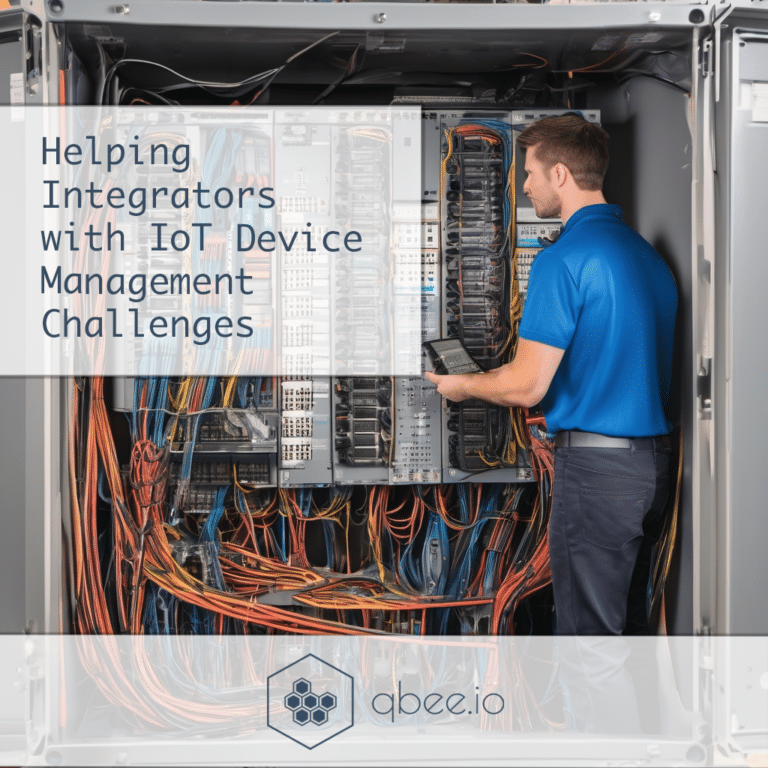System integrators and field workers are key in managing IoT devices, which come with their own challenges, like electrical problems, damage from physical obstacles or weather, and keeping devices up-to-date and secure. This article will talk about how IoT devices are not like traditional servers and the unique issues they create. We’ll also look at how qbee.io can fix these problems, such that integrators and field workers have more time for focusing on the other aspects of their job.
Physical and Digital Security:
Servers are usually kept safe in places like server rooms with lots of security to control who can physically get near them or digitally access them. In contrast, IoT devices are different because they’re spread out in many places and can be easier to attack physically or online.
Configuration Tools and Frameworks:
Servers have been around a long time and there are common tools like Ansible, Chef, and Puppet to manage them. IoT devices are newer and trickier to handle. But now, we have tools like qbee.io made just for IoT devices. qbee.io gives you a way to manage and check on IoT devices no matter where they are.
Distributed Infrastructure:
If something’s wrong with a server or it needs an update, you can usually fix it right where it is, all at once. IoT devices are all over, so updating or fixing them can take a lot of time and effort.
Remote Monitoring and Maintenance:
Servers often have tools to watch and manage them from anywhere, which gives you control and info on how they’re doing in real-time. IoT devices may not always have this, making it hard to keep an eye on them, especially when they’re in many places.
Personnel and training:
People who work in data centers know a lot about managing servers, networks, and security. But with more and more IoT devices, we need system integrators who understand how to connect digital and physical systems and are good at setting up and looking after IoT devices.
Qbee.io to the rescue:
With qbee.io, integrators can automate and secure their Linux devices with ease. The platform provides features such as configuration management, OTA software updates, Docker container orchestration, device monitoring, and Linux hardening. Additionally, qbee.io offers secure remote access to the IoT devices, using VPN for protocols such as SSH, VNC, and HTTPS. This enables system integrators to access and control their devices remotely, making troubleshooting and maintenance tasks convenient.
qbee.io allows system integrators to prioritize implementing best practices from traditional IT into their IoT deployments, without requiring expertise in complex automation tools. This streamlined approach ensures that integrators can leverage the benefits of secure and efficient IoT fleet management without the steep learning curve associated with other automation solutions.







